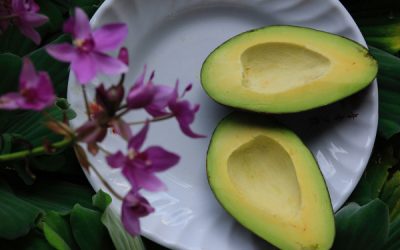Content is the lifeblood of any website. It’s how you communicate your message, engage with your audience, and achieve your objectives, whether that’s selling products, promoting services, or sharing ideas. In WordPress, content is primarily organized into two types: posts and pages. Understanding how to create and manage these is crucial for any WordPress beginner.
Understanding Posts vs. Pages
The fundamental difference between posts and pages lies in the nature of the content you’re creating. Posts are dynamic, time-sensitive pieces of content such as blog entries, news updates, or announcements. They’re typically organized by categories and tags, appear in RSS feeds, and are meant to encourage engagement and conversation.
On the other hand, Pages are static pieces of content that stand outside the chronological flow of posts. Examples include ‘About Us’, ‘Contact’, ‘Services’, or ‘Privacy Policy’ pages. These are typically linked to from your site’s main navigation menu and do not use tags or categories.
How to Create a New Post/Page
Creating a new post or page in WordPress is a straightforward process. From the WordPress dashboard, navigate to either ‘Posts’ > ‘Add New’ or ‘Pages’ > ‘Add New’. You’ll be directed to the WordPress Editor where you can start creating your content.
First, add a title in the provided field at the top. This title will appear as the headline for your content and plays a crucial role in SEO. Below the title, you’ll find the body area where you can add, edit, and format your content. WordPress uses a block-based editor (known as Gutenberg), which allows you to add different types of content (like text, images, videos, and more) as blocks.
On the right-hand side, you’ll see different settings panels. Here, you can add categories or tags for posts, select or create a new page template, and add a featured image.
When you’re done, you can preview your post/page by clicking the ‘Preview’ button, and when you’re ready to publish, click ‘Publish’.
How to Edit Existing Posts/Pages
Editing existing posts or pages is as simple as creating new ones. From the dashboard, navigate to ‘Posts’ > ‘All Posts’ or ‘Pages’ > ‘All Pages’. Hover over the post or page you want to edit and click the ‘Edit’ link that appears.
Adding Media to Your Content
A great way to engage your audience is by adding media, like images and videos, to your content. With WordPress’s Gutenberg editor, you can easily do this by adding a media block.
Click the ‘+’ button inside the editor to add a new block, then select the type of media block you want to add (Image, Gallery, Audio, Video, etc.). Upload the media file from your computer or select from your Media Library, then insert into your post or page.
Understanding how to create and manage posts and pages is a basic yet critical skill when running a WordPress website. This knowledge will serve as your foundation for publishing engaging, well-structured content, enabling you to better connect with your audience and achieve your website’s goals.

